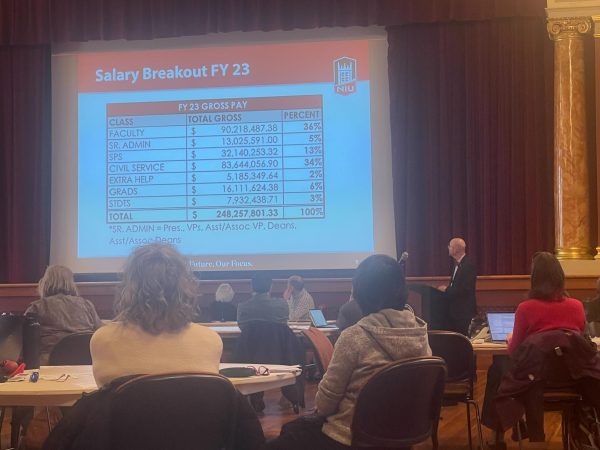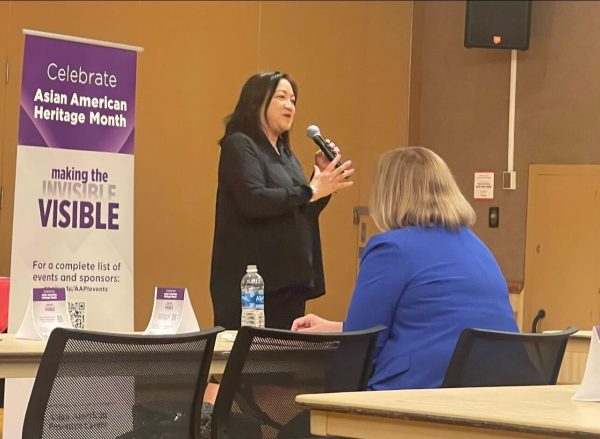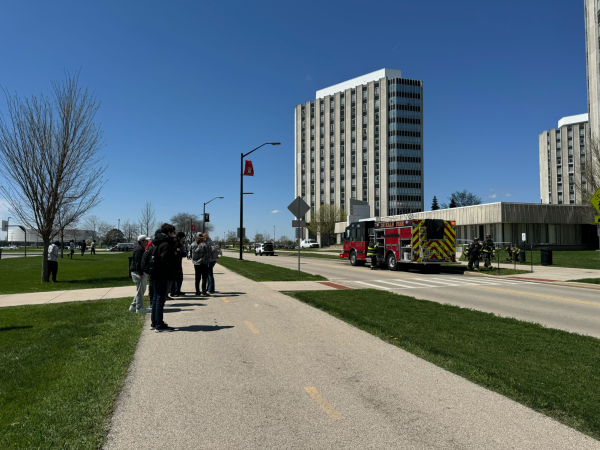Reports explain resource allocation
May 2, 2016
DeKalb | After program prioritization reports are released at 3 p.m. today, shared governance groups and NIU community members will be asked to provide feedback about the reports.
Program prioritization, which began in 2014, uses task forces to create reports that review 223 academic programs and 236 administrative programs to influence the allocation of existing university funds. The reports were based on narratives and data that were submitted by program leaders, such as deans and department chairs, in November.
The report is expected to feature an introduction written by Provost Lisa Freeman, a section about the broad themes noticed during prioritization, a section about the categories used to label the programs and a table that features the name of each program, the category into which it was placed and the rationale for the placement.
Program categories include enhanced resources, no change in resources, reduced resources, transformation and subject to additional review.
Currently, the only shared governance group that has announced its intent to formally review the reports is the Student Association, which organized the program prioritization student task force. However, any shared governance group has the ability to create a formal review. A shared governance group is any organized entity on campus, such as college councils, college senates or resource centers.
“Feedback has been highly emphasized,” said Carolinda Douglass, vice provost for Academic Planning and Development. “Every stage of [program prioritization] is unfolding in a way that we really need collaboration.”
NIU community members will be also be able to submit commentary about the reports via a feedback box on the program prioritization website. Feedback can also be sent directly to program leaders.
All feedback must be submitted by May 23. It will then be compiled with the original reports and sent to program leaders.
Vice presidents and program leaders will then be tasked with creating a plan of action for each division in response to the reports.
Divisional action plans must be submitted to the President’s Cabinet for review by July 15. The plans will then be submitted to NIU President Doug Baker for final evaluation.
After final action plans are confirmed, implementation may take years depending on the task. For instance, it is projected that the deletion of a program would require six to nine months and new faculty hires would require two years.
“One of the things that we really want to walk away with is a commitment to having a culture that’s data-informed and that plans and links resources with our mission, always,” Freeman said.
The future process is projected to be modified based on the failures and successes from NIU’s current attempt at prioritization, which is the first.
A report will be published that states the cost of the entire process and the hours put into it, Freeman said. The report is expected to be available in fall 2016.
There is currently no estimation regarding the amount of hours put into prioritization thus far, but individuals on the task forces spent an average of 20 hours a week on prioritization as opposed to the projected six to 10 hours, Douglass said.












